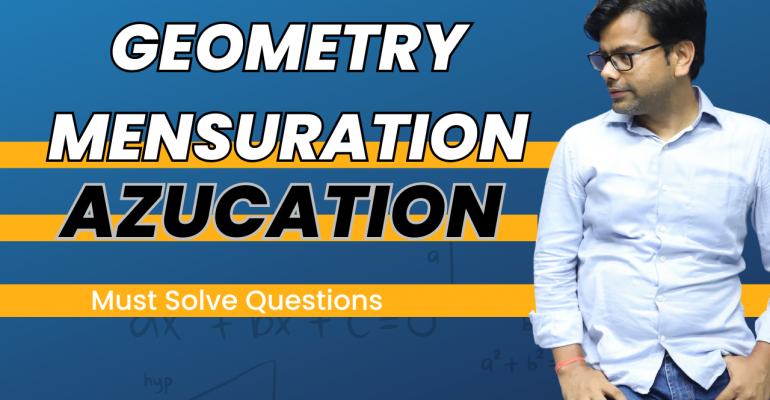Triangle Basics: Cevians, Notations, and Side Conditions
June 23, 2024 2025-06-23 14:39Triangle Basics: Cevians, Notations, and Side Conditions

Triangle Basics: Cevians, Notations, and Side Conditions
Table of Contents
ToggleTriangle Basics: Cevians, Notations, and Side Conditions
1. Triangle Notation and Terminology
In triangle geometry, understanding notation is the first step:
- Capital letters \( A, B, C \) refer to angles or vertices.
- Small letters \( a, b, c \) represent the sides opposite those angles:
- \( a = BC \)
- \( b = CA \)
- \( c = AB \)
- A line drawn from a vertex to the opposite side is called a Cevian (e.g., \( AD \)).
- A line drawn from one side to another side (not passing through a vertex) is called a Side Cut (e.g., \( PQ \)).
Perimeter: \( P = a + b + c \)
Area (using perpendicular): \( Area = \frac{1}{2} \cdot b \cdot h \)
Area (using perpendicular): \( Area = \frac{1}{2} \cdot b \cdot h \)

2. Important Cevians in a Triangle
There are three well-known cevians in triangle geometry, each associated with a special point:
- Median: Connects a vertex to the midpoint of the opposite side. All medians intersect at the centroid (G).
- Altitude: A perpendicular from a vertex to the opposite side. All altitudes meet at the orthocenter (O).
- Angle Bisector: Divides the angle into two equal parts. All angle bisectors intersect at the incenter (I).
3. Triangle Inequality Theorem
To form a valid triangle, the sum of the lengths of any two sides must be greater than the third side.
Let’s analyze:
- If \( AB + BC < CA \): Cannot form a triangle – it’s an open figure.
- If \( AB + BC = CA \): Points are collinear – they lie on a straight line.
- If \( AB + BC > CA \): A valid triangle is formed.
\(\text{AB} + \text{BC} > \text{CA}, \quad \text{BC} + \text{CA} > \text{AB}, \quad \text{CA} + \text{AB} > \text{BC}\)
4. Alternate View of Triangle Side Conditions
Consider ordering the sides such that:
\( AB \leq BC \leq CA \)
Now observe:
- If \( AB + BC < CA \): Triangle cannot be formed (sum of small sides < largest side).
- If \( AB + BC = CA \): Points are collinear (they form a straight line).
- If \( AB + BC > CA \): Triangle exists (sum of smaller sides is more than the largest side).
Summary
- Use uppercase letters for angles/vertices and lowercase for sides.
- Cevians are lines from vertex to opposite side – medians, altitudes, and angle bisectors are special cevians.
- Always check the triangle inequality: The sum of any two sides must be greater than the third side.
This is a foundational concept that appears across geometry, trigonometry, and even in competitive exams like CAT, SSC, and JEE.
🙏 If these questions helped you, please leave a short review →
Click Here
🔔 Subscribe to 🎥 AzuCATion for all video solutions.
Click Here























Search
Featured Courses
Free
CAT 2025 Offline + Hybrid
Validity : Till June 2026 Description Think CAT - Think AzuCATion | When...
Free
Azucation Prep Lab 2025 – Profile Mapping
Course DescriptionValidity : 6 months150+ Mentors , 9 years of...








